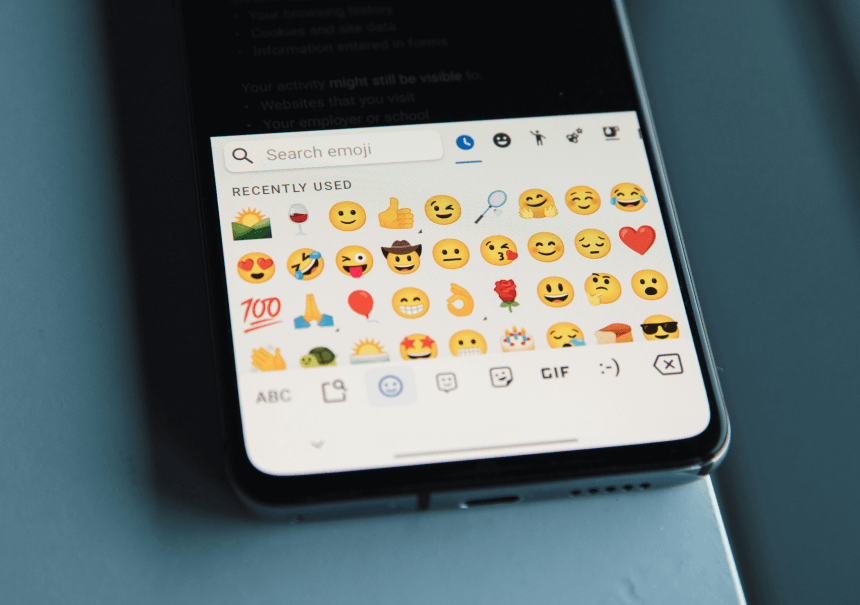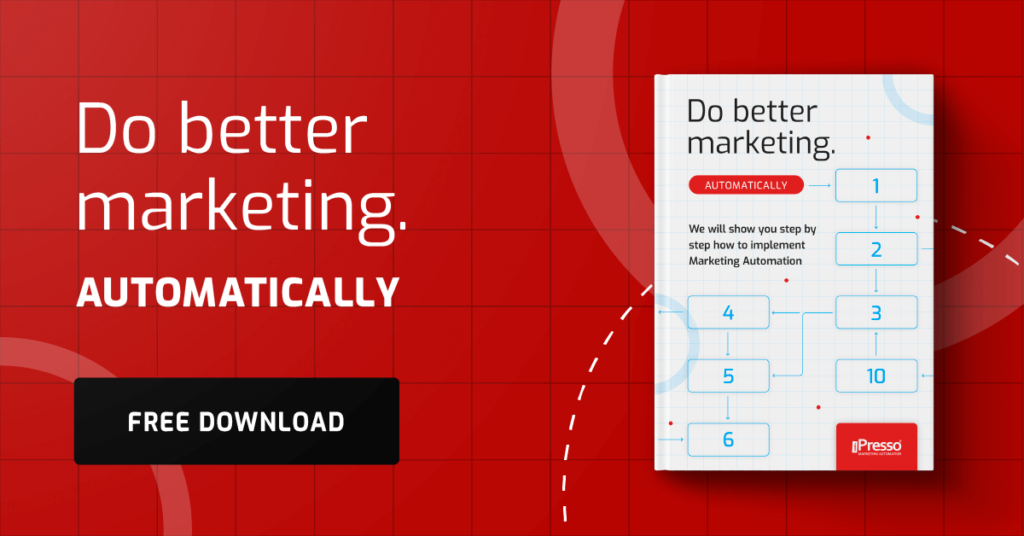How emojis affect your email marketing campaigns

Do you use emojis in your emails, especially marketing ones? While you may think it’s not very professional, the truth is that they can grab your prospects’ attention and increase OR (open rates). There are two sides to this question, as well as some best practices you should follow if you want to successfully use emojis in your email marketing strategy.
Some time ago, Adobe conducted a study on the use of emojis in the work setting. According to their findings, when emojis are used at work, the majority of emoji users feel they positively impact likability (78%) and credibility (63%) and make positive news more sincere (74%).
Source: https://blog.adobe.com/en/publish/2019/07/17/the-cultural-phenomenon-of-emoji
So, you might think it’s a good idea to use emojis in your marketing emails, and yes, to an extent, it IS a good idea. However, you need to keep in mind that it can be a double-edged sword. Let’s have a look at what to consider before implementing emojis in your marketing strategy.
Positive impact of emojis
Increased open rates
Emojis can significantly improve your emails’ open rates, primarily because they do a great job attracting the user’s attention. Even if the user is not likely to open marketing emails, a message that stands out from the generic crowd will catch his/her attention, and they will at least read the subject line before deleting the message.
If your subject line is attractive enough, you may win an opened marketing message!
More personal connection
Adobe’s study mentions likability. When emojis are used properly, you can establish a more positive and emotional connection with your audience. As a result, it may be slightly easier to encourage them to take the next step.
To make it work, it’s important to carefully select emojis that are relevant to your message and compliment it rather than just making it flashier.
Support of your message
Emojis help you convey emotions and feelings you want to share with your audience or evoke in your potential customers. For instance, if you want to send an email about a great deal in your store, you can use emojis that express joy and excitement.
If you want to send a retargeting email, you can include emojis indicating running out of time (e.g., a clock or a ticking bomb).
Higher engagement
People usually respond better to visual communication. That’s the case even with images in blog posts. Such a post is easier to read and more engaging. Emojis play a very similar role. They can get your audience more engaged in whatever it is you want to tell them. That’s the case with both email marketing and SMS marketing.
Negative impact of emojis
You cannot neglect the potential negative impact of emojis. There are a few things to consider here:
Potential misrepresentation
Some emojis are universal and work the same way all over the world. However, there is a large group of culturally-depended emojis that can be interpreted differently depending on your audience. This is something to consider especially for the international companies that work with people of different backgrounds and cultures.
Risk of overusing
One or two emojis can nicely complement your emails. Using dozens of them in every email will make it look spammy and aggressive. Make sure every emoji you use has its place in your email, is relevant to its content, and strengthens the message rather than water it down.
The importance of the context
While emojis may work with the majority of marketing messages, you still need to consider the context of your message. Some messages (e.g. legal updates, or notifications of urgent account issues) need to be 100% professional, serious, and respectful, even when sent to hundreds of users at the same time.
Consider your image
Lastly, consider how emojis might affect your brand perception. You don’t want to come across as unprofessional or childish, right? Take a moment to analyze your business profile and audience before using them.
Emojis in your emails: Best practices
As we mentioned, in general, emojis can be a nice addition to your marketing messages. If you want to succeed with them, stick to those best practices:
- Use them sparingly: Don’t overuse emojis. Don’t send more than several per message.
- Be aware of the context: Analyze the context of your message before adding emojis to it. Focus on messages that carry positive and less formal tone and subject matter.
- Pay attention to the meaning: Make sure your audience will interpret your emojis the way you do. If you work in an international setting, it’s good to talk to someone who deeply understands the given culture or nation and run your ideas by them first.
- Use HTML emojis: To ensure emojis will be correctly displayed on all your recipient’s devices, ensure you use the HTML emojis. Here, you will find a comprehensive repository of HTML emojis that you can safely use. You can also use emojis made from standard keyboard characters, such as :-), :-(, :D, or :-/.
- Keep mobile users in mind: Emojis look different on different screens. If your marketing data shows that the majority of your recipients open emails on their mobile devices, make sure your email looks good on small screens. If emojis stand in the way or make your message more difficult to read, eliminate at least some of them. Legibility is always more important than visual attractiveness.
Image source: https://www.w3schools.com/html/html_emojis.asp
Stick to those best practices, and your emails will be more engaging, more attractive to look at, and as a result, more effective!
Wrapping up: Improve your email marketing with iPresso
If email marketing plays a vital role in your company, it’s a good idea to automate it, especially if you have hundreds of customers. Here at iPresso, we support our clients with many useful marketing automation tools. Many of them come in handy concerning email marketing!
If you’d like to find out more, we’re excited to show you our platform. All you need to do is send us this short brief. Our team will respond as quickly as possible and arrange a free demo with you. We look forward to talking to you!



